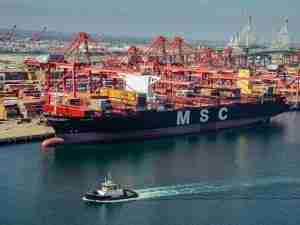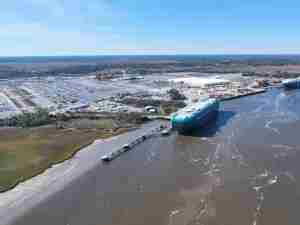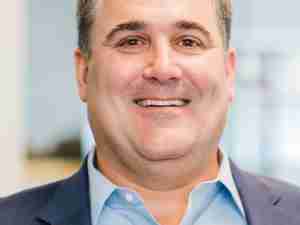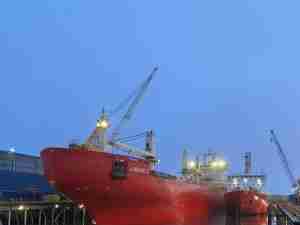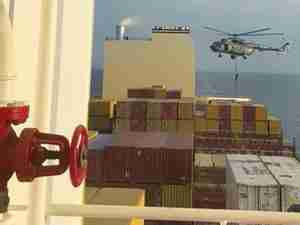Chairman William A. Burke announced a Clean Port Initiative recently, signaling a major step forward in reducing emissions from the ports of Los Angeles and Long Beach.
"Reducing air pollution at the ports is the single most important challenge facing us as we work to achieve healthful air quality in the Southland," Burke said. "AQMD's Clean Port Initiative will build on cleanup efforts to date and take them to a new level."
Burke made his announcement at an historic meeting of the AQMD Board in the Long Beach City Council Chambers - the first regular meeting of the agency's Board outside its headquarters in more than 25 years. The agency took its Board "on the road" as part of Chairman Burke's 2005 "AQMD is Clearing the Air" initiative to bring the agency's decision makers directly to a community that is seriously impacted by air pollution.
Burke outlined AQMD's Clean Port Initiative, which includes four guiding principles and seven action items. He also asked AQMD staff to develop a proposed work plan to carry out the program and present it at the January 6 Board meeting for Board approval.
The four guiding principles are:
1. AQMD acknowledges the efforts of both ports to date in recognizing their air pollution problem and taking initial steps to address it;
2. The proposed No Net Increase plan for the Port of Los Angeles is a good start, but it's not enough. The ports need to reduce their emissions to achieve clean air;
3. The ports of Los Angeles and Long Beach must pursue coordinated emissions-reduction strategies to ensure equity and to prevent one port from obtaining a competitive edge through less stringent environmental standards; and
4. The ports and shipping companies should bear their fair share of the cost of cleanup, just as stationary sources do today.
The seven action items are:
1. AQMD will request a Clean Port Summit meeting between Chairman Burke,
Los Angeles Board of Harbor Commissioners President S. David Freeman and
Port of Long Beach Commission President Doris Topsy-Elvord to discuss development and coordination of fast-track measures that can be pursued now to reduce air pollution;
2. If the ports do not act aggressively and in a timely, coordinated manner to significantly reduce their emissions, AQMD staff will develop regulations to the maximum extent of its authority to control port sources, including ocean-going ships;
3. Starting next year, AQMD staff will prepare a monthly report to the public describing environmental impact reports and other California Environmental Quality Act documents for projects related to goods movement. In addition, AQMD staff will make full use of the CEQA process for such projects to ensure that their impacts are thoroughly mitigated;
4. AQMD staff will work with the ports to conduct air quality monitoring, not only outside the ports' boundaries, but also within the port terminals;
5. AQMD will call on the US Environmental Protection Agency to adopt strict emission standards for marine vessels. If EPA fails to do so, AQMD will ask California's Congressional delegation to sponsor legislation or take other action to force EPA to take aggressive action;
6. Focusing on the top three busiest ports in Asia, AQMD staff will develop a proposal for joint emission reduction measures here and at those Asian ports. AQMD will then coordinate an international summit with Asian port officials to discuss how to implement these measures.
7. AQMD will call on the state Legislature in 2006 to adopt a shipping-container fee or some other mechanism that is sufficient to fund cleanup at the ports.
Air pollution at the ports
The Los Angeles-Long Beach port complex is the nation's largest and its ocean-going ships, trains, trucks and cargo handling equipment in the aggregate are the No. 1 fixed source of air pollution in the Los Angeles Basin. Collectively, sources at the port are responsible for more than 100 tons per day o
